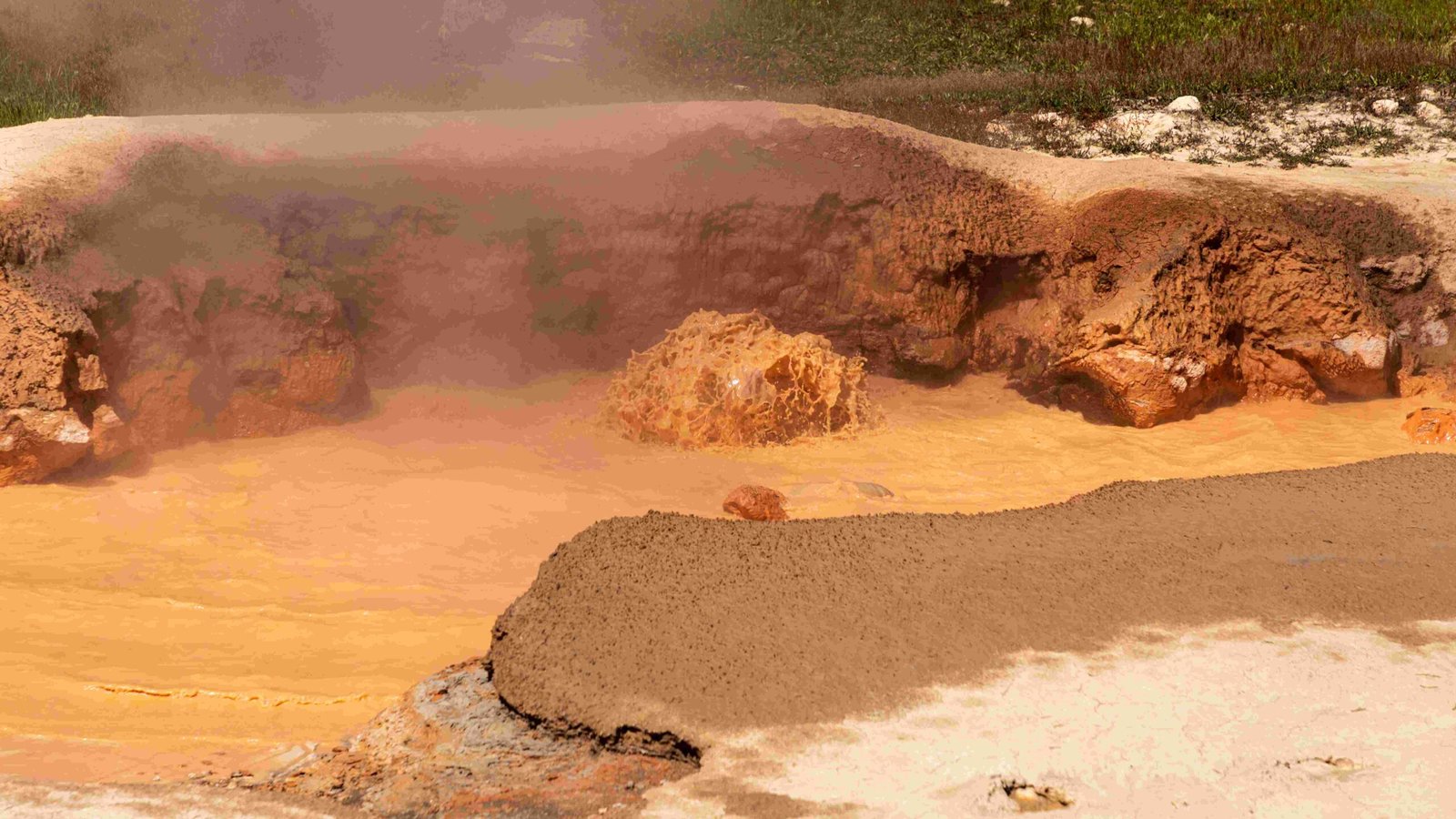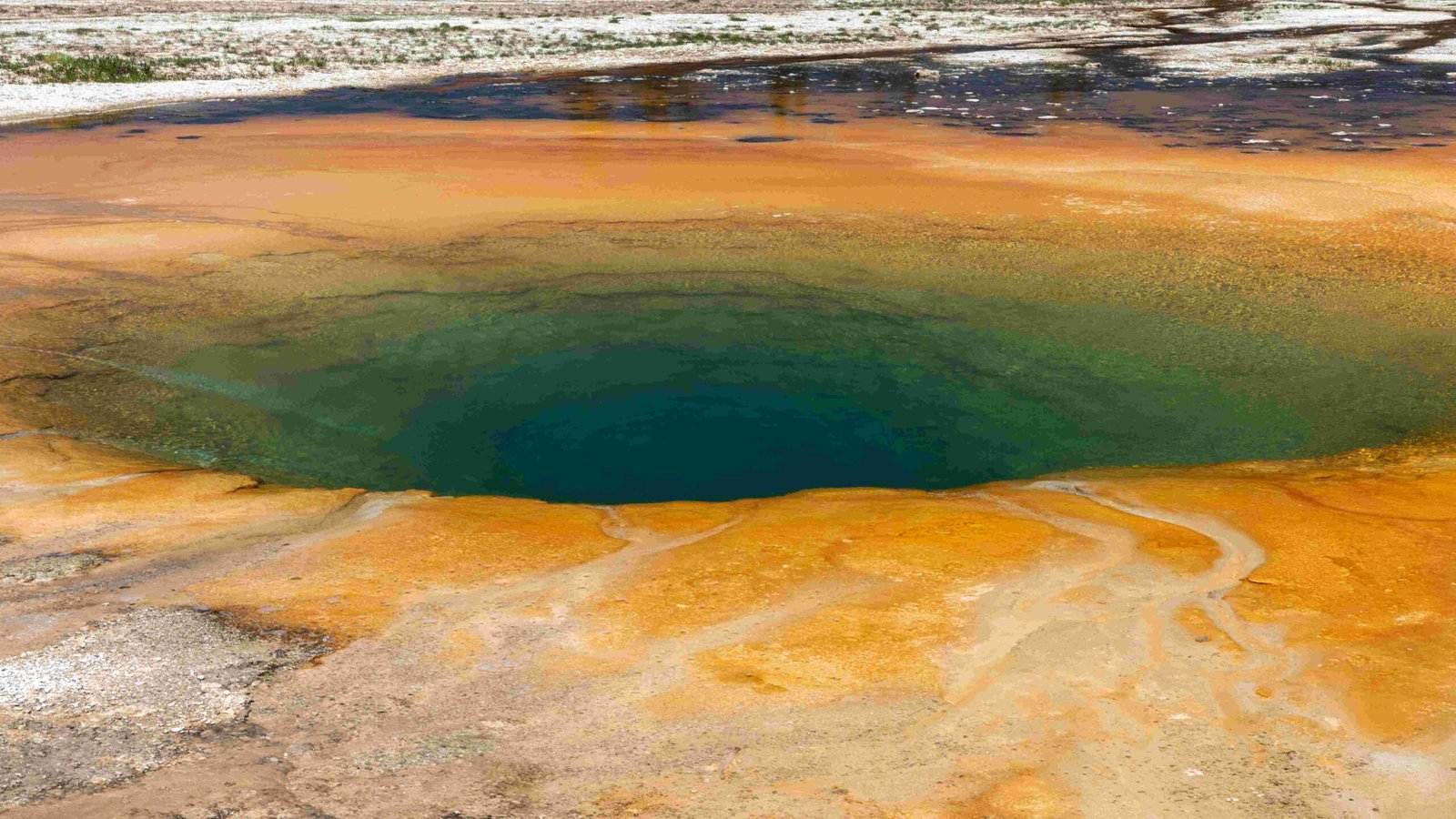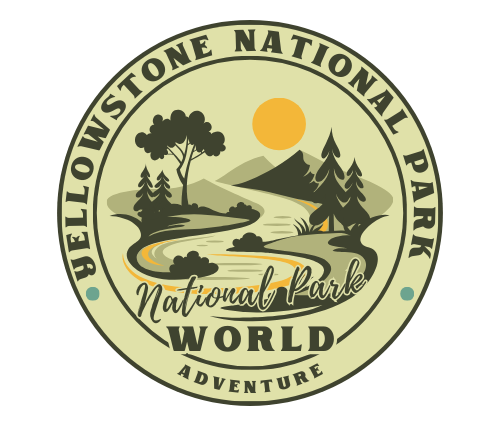Yellowstone and Rocky Mountain National Parks are two of America’s most iconic natural treasures. Both offer stunning landscapes, diverse wildlife, and unique geological features. Yellowstone, known for its geothermal wonders and vast wilderness, covers 2.2 million acres. Rocky Mountain, famous for its alpine scenery and high-altitude ecosystems, spans 265,461 acres. This comparison explores their distinct characteristics, from size and visitor statistics to wildlife and hiking trails.
What Are the Key Differences in Size and Visitor Numbers?

Yellowstone National Park and Rocky Mountain National Park differ significantly in size and visitor numbers:
- Yellowstone National Park:
- Area: 2.2 million acres (3,472 square miles)
-
Annual visitors: Approximately 4 million
-
Rocky Mountain National Park:
- Area: 265,461 acres (415 square miles)
- Annual visitors: Over 4.6 million (record in 2019)
Despite being much smaller, Rocky Mountain National Park often attracts more visitors annually, ranking as the third most visited national park in 2015.
How Do the Geological Features Compare?

The geological features of these parks are strikingly different:
Yellowstone National Park
- Situated over a volcanic hotspot
- Famous for geothermal features:
- Old Faithful geyser
- Grand Prismatic Spring
- Numerous hot springs and geysers
- Diverse formations including canyons and waterfalls
Rocky Mountain National Park
- Continental Divide runs through the park
- Highest point: Longs Peak (14,259 feet)
- Features:
- Alpine lakes
- Glaciers
- Mountain tundra
- Trail Ridge Road: Highest paved through-road in the U.S. (peak elevation 12,183 feet)
What Wildlife Can Visitors Expect to See?
Both parks boast rich biodiversity, but with some notable differences:
| Wildlife Aspect | Yellowstone National Park | Rocky Mountain National Park |
|---|---|---|
| Mammal Species | Over 67 | Around 60 |
| Notable Species | Bison, elk, grizzly bears, wolves, mountain goats | Elk, moose, bighorn sheep, mountain lions |
| Best Viewing Seasons | Spring: Migration of elk and bison Summer: Grizzly bears and wolves |
Fall: Elk rutting season Year-round: Bighorn sheep and moose |
What Are the Most Popular Hiking Trails?
Each park offers unique hiking experiences:
Yellowstone National Park
- Mount Washburn Trail
- 6-mile round trip
- 1,400-foot elevation gain
-
Panoramic views of the park
-
Jenny Lake Trail
- 7-mile trail around Jenny Lake
- Scenic views and access to other trails
Rocky Mountain National Park
- Bear Lake Trail
- 0.6-mile easy loop
- Accessible year-round
-
Often crowded due to popularity
-
Lawn Lake Trail
- Strenuous trail to Lawn Lake and Crystal Lake
- Alpine scenery
- Historical significance (1982 dam failure)
When Is the Best Time to Visit Each Park?
The ideal visiting times for these parks vary:
Yellowstone National Park
- Peak Season: Late spring to early fall
- Busiest Months: July and August
- Weather:
- Summer: Mid-70s to mid-80s °F
- Spring/Fall: Cooler temperatures
- Best for Wildlife: Spring and fall
Rocky Mountain National Park
- Peak Season: Summer (July and August)
- Weather:
- Lower elevations: 70s and 80s °F
- Higher elevations: Much cooler
- Afternoon thunderstorms common in summer
- Best for Wildlife: Fall (elk rutting season)
How Do the Parks Address Conservation and Environmental Challenges?
Both Yellowstone and Rocky Mountain National Parks face unique conservation challenges:
Yellowstone National Park
- Geothermal Resource Protection: Strict regulations to preserve geysers and hot springs
- Wildlife Management: Balancing ecosystem needs with visitor safety, especially for large mammals like bison and grizzly bears
- Climate Change Impact: Monitoring effects on geothermal features and wildlife habitats
Rocky Mountain National Park
- Alpine Ecosystem Preservation: Protecting fragile high-altitude environments
- Overcrowding Management: Implementing timed entry systems to reduce visitor impact
- Wildfire Management: Balancing natural processes with visitor safety and infrastructure protection
What Unique Educational Programs Does Each Park Offer?
Both parks provide educational opportunities, but with different focuses:
Yellowstone National Park
- Yellowstone Forever Institute: Offers field seminars on geology, wildlife, and park history
- Junior Ranger Program: Tailored activities for young visitors to learn about geothermal features and wildlife
- Old Faithful Visitor Education Center: Interactive exhibits on the park’s geothermal wonders
Rocky Mountain National Park
- Rocky Mountain Conservancy Field Institute: Provides courses on alpine ecology, wildlife, and photography
- Junior Ranger Program: Focuses on mountain ecosystems and conservation
- Alpine Visitor Center: Educates visitors about life in high-altitude environments
By comparing Yellowstone National Park and Rocky Mountain National Park, we can appreciate the unique features and experiences each offers. From Yellowstone’s geothermal wonders to Rocky Mountain’s alpine vistas, both parks provide unparalleled opportunities to connect with nature and witness the diverse beauty of America’s landscapes.
References:
1. Rocky Mountain National Park – Wikipedia
2. The best US national parks you should visit at least once (or twice) – The Points Guy
3. Park Statistics – Rocky Mountain National Park (U.S. National Park Service)
